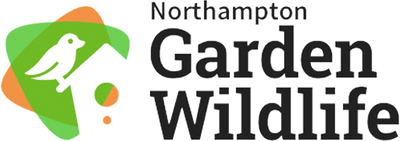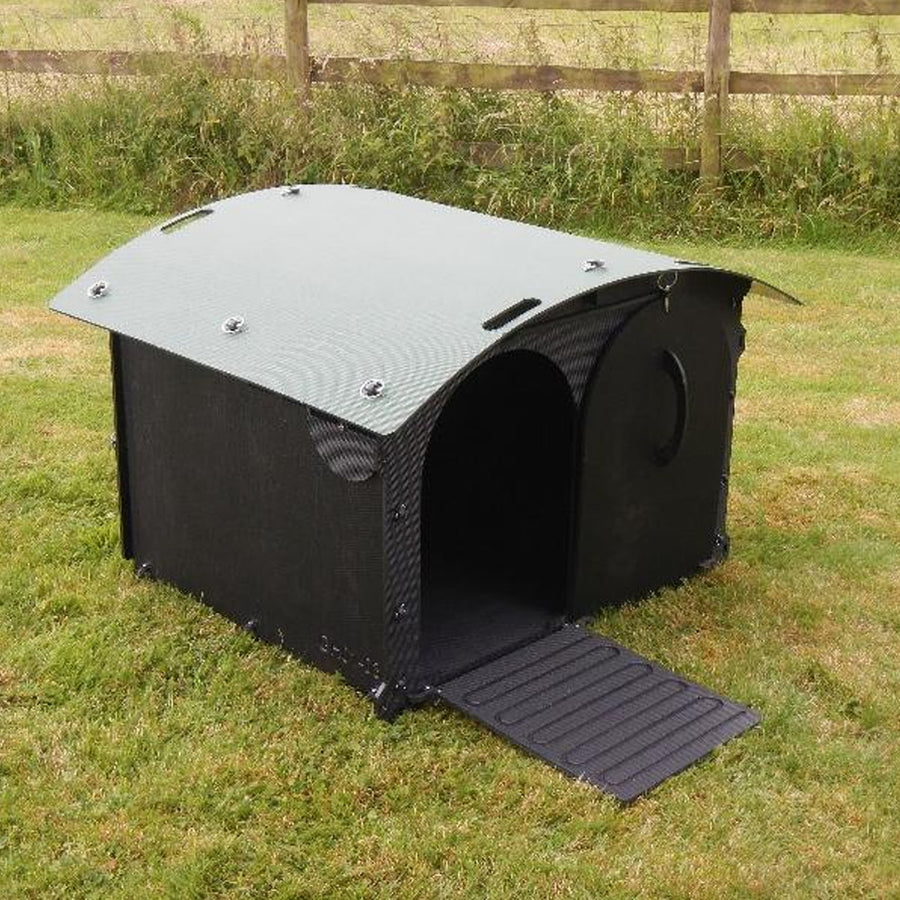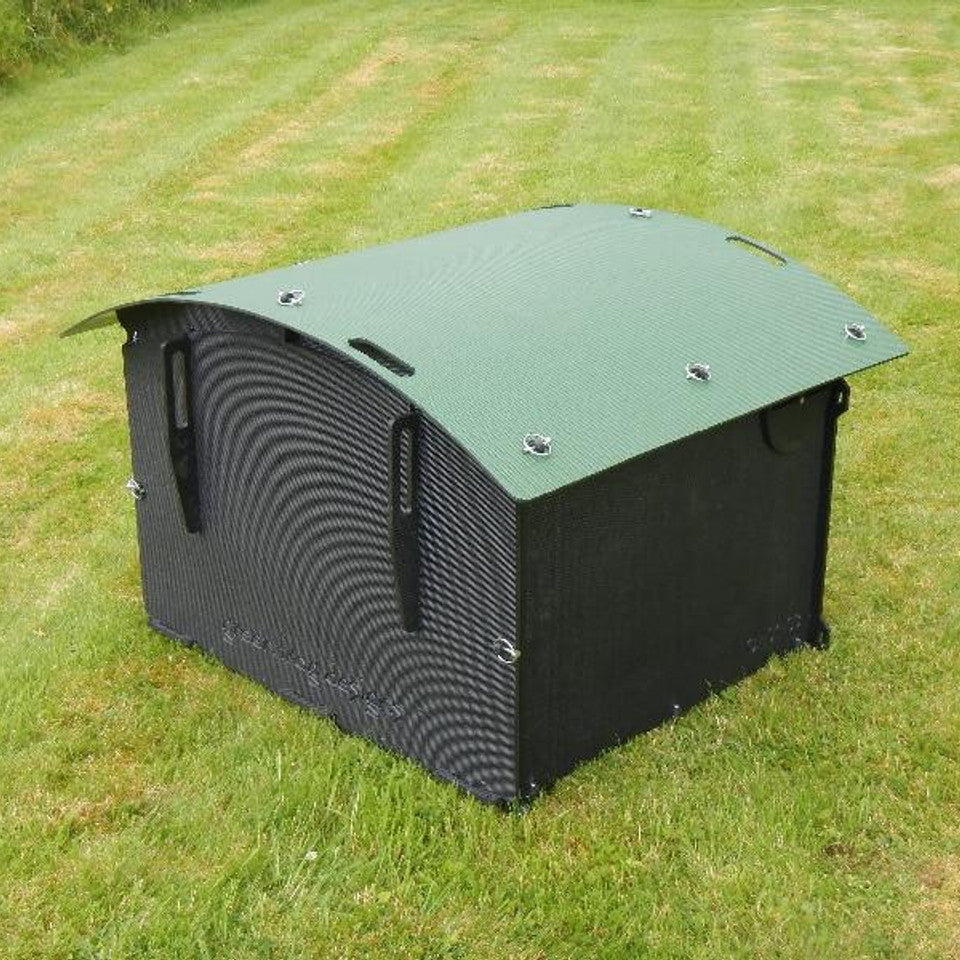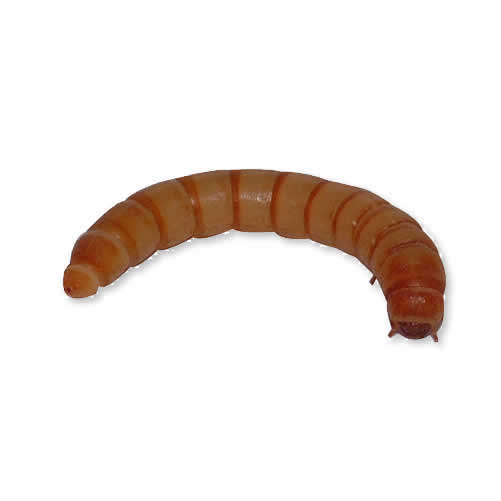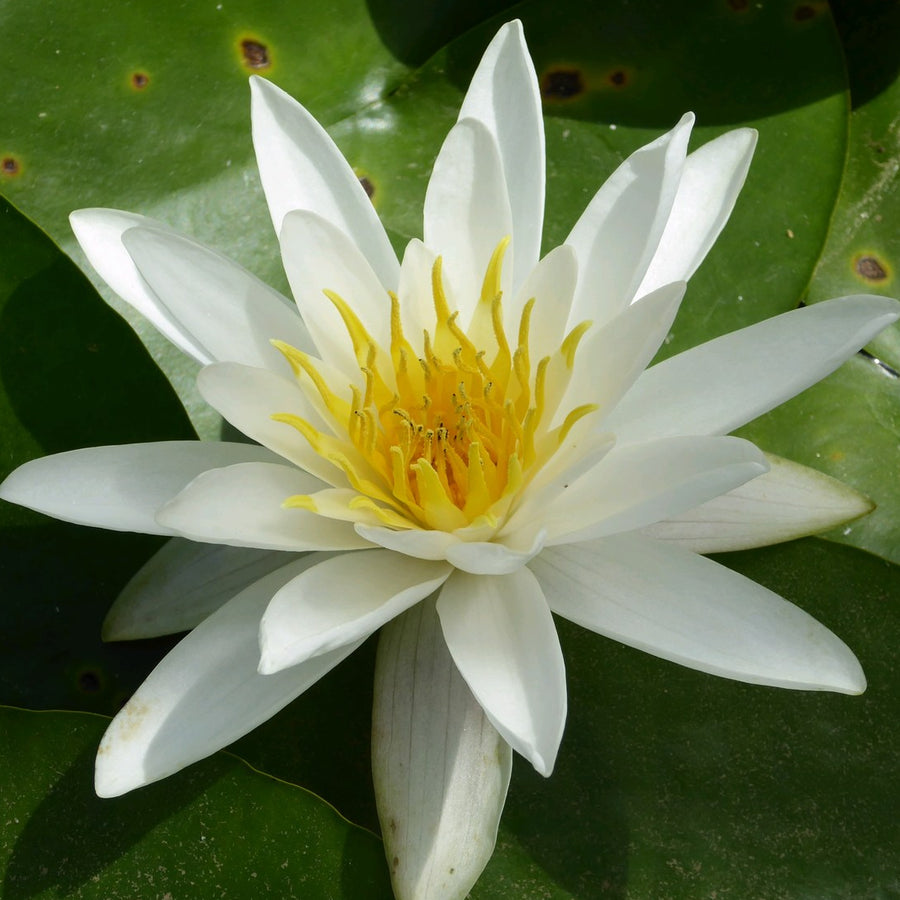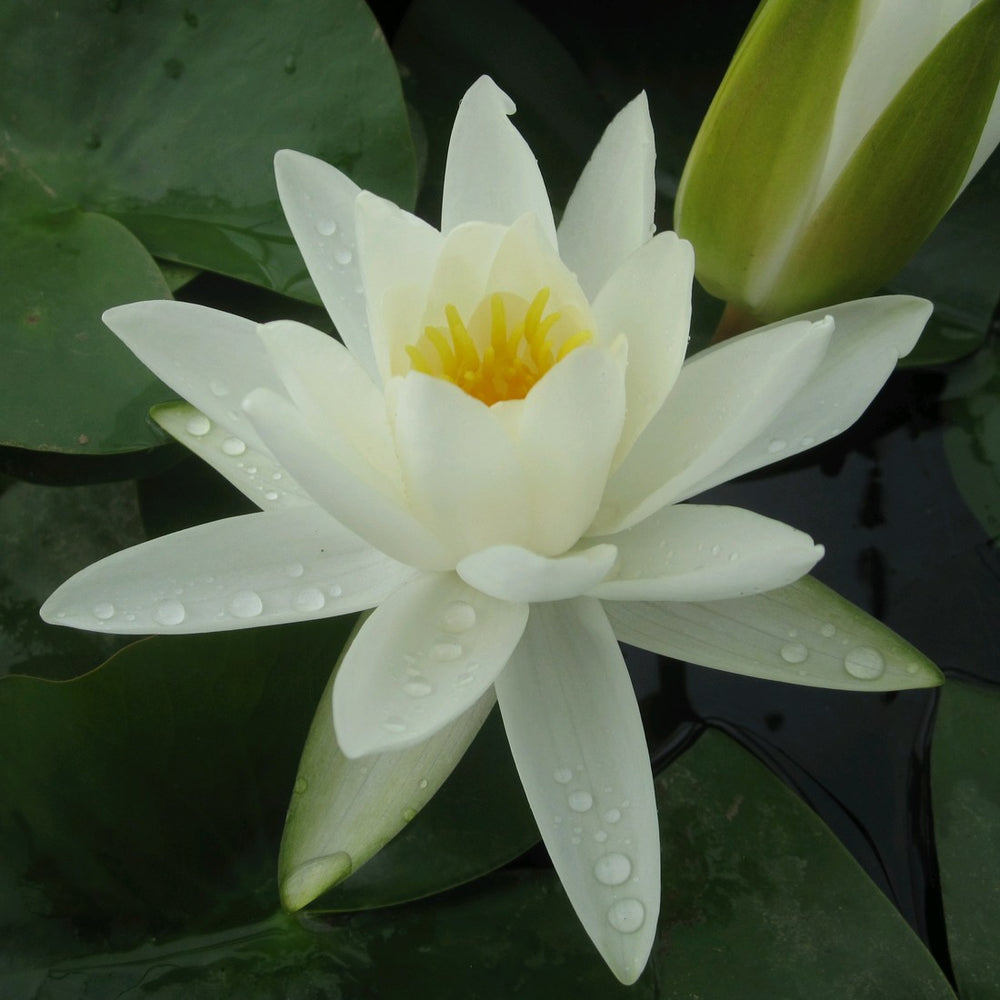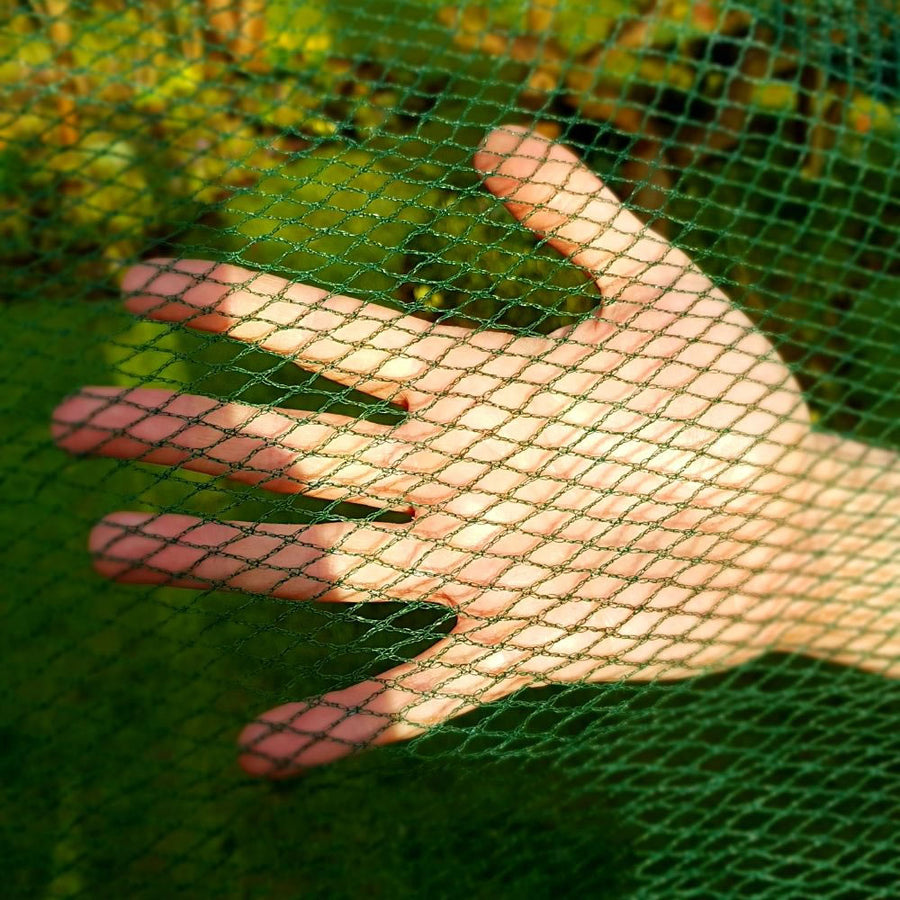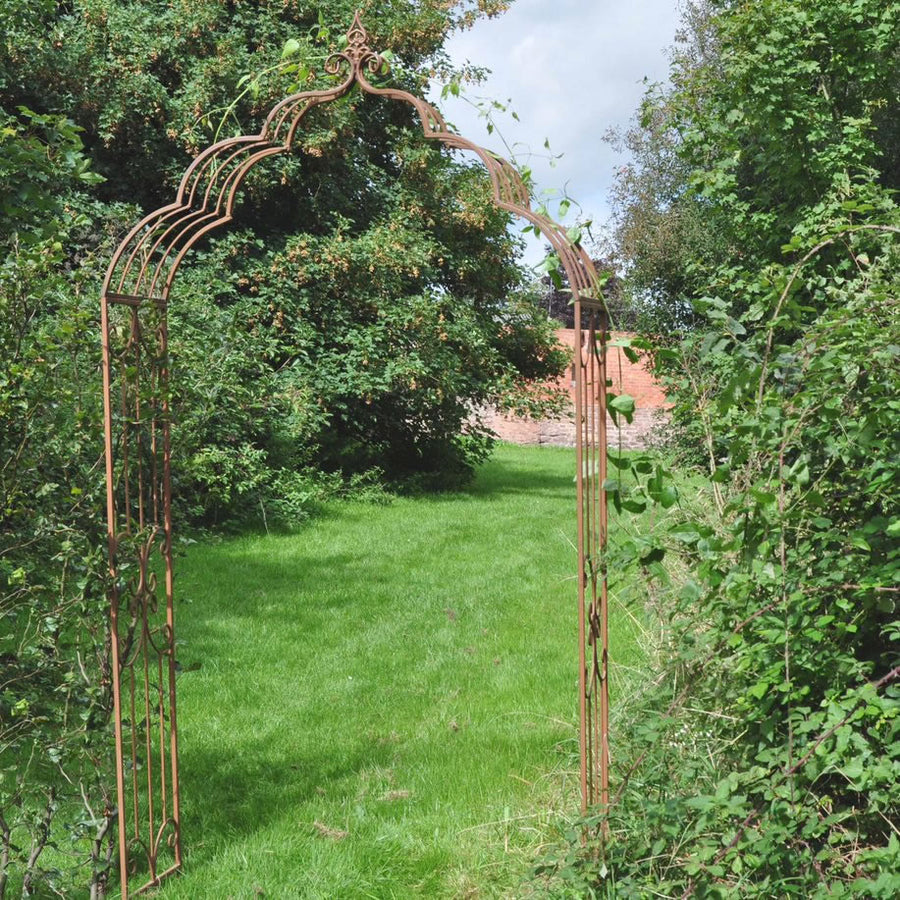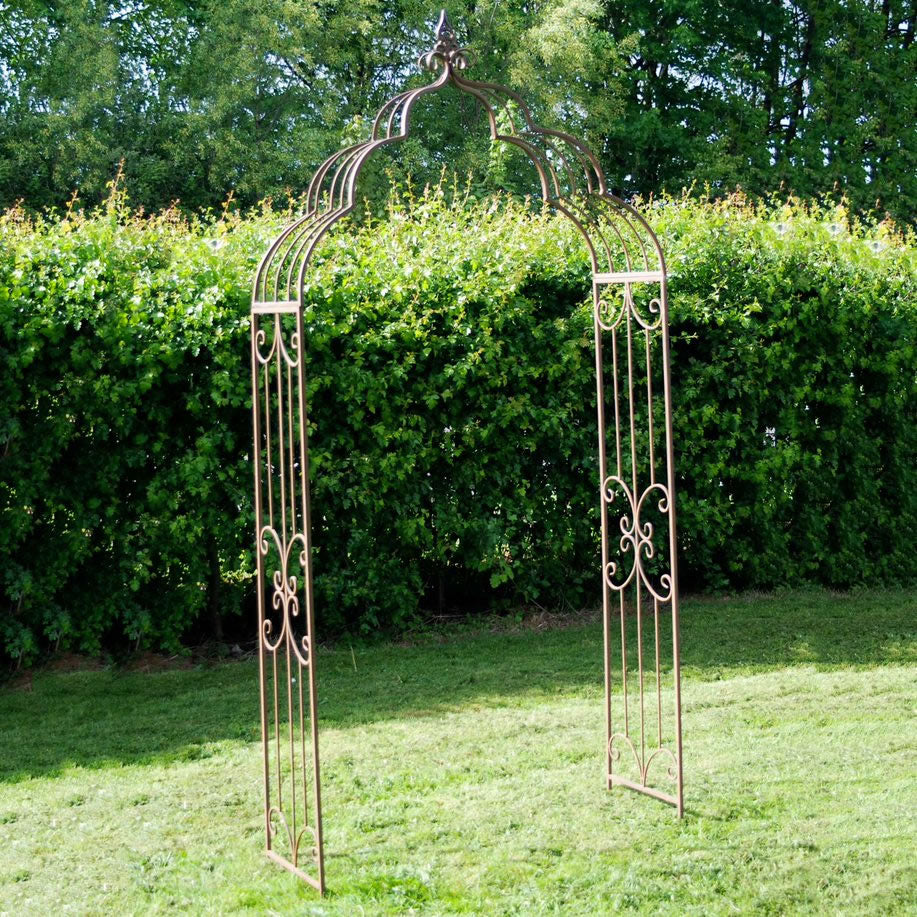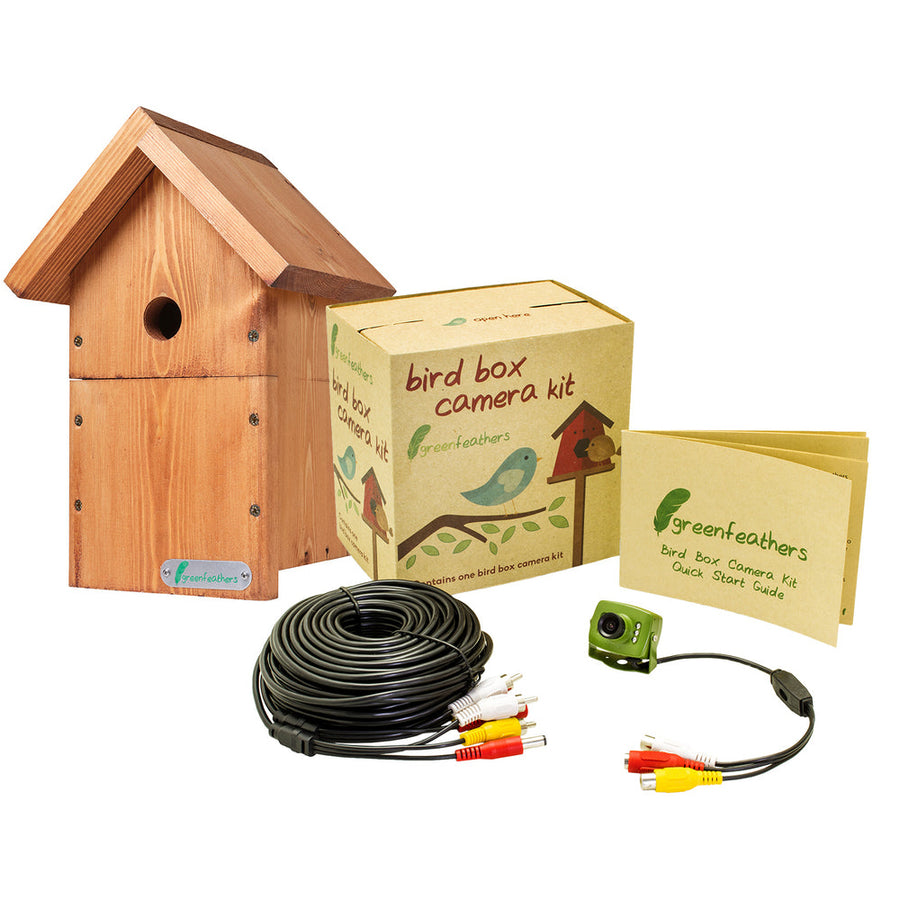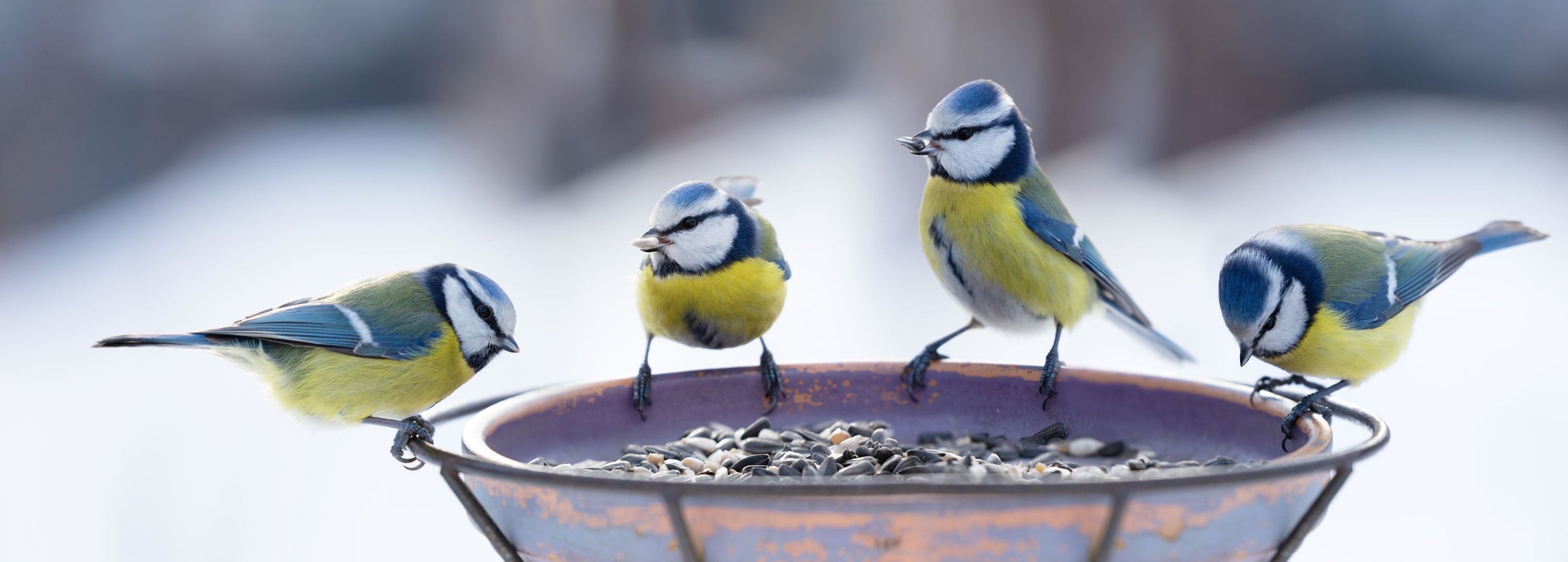
Bird Tables
Bird tables are a charming and practical addition to any garden. By offering a safe, elevated feeding spot, it helps support wild birds throughout the year, especially during the cold winter months when natural food is scarce. Whether you choose a classic design or an artisanal hanging design, a bird table adds character to your garden while attracting a wonderful variety of feathered visitors.
What to Consider When Buying a Bird Table?
At Garden Wildlife all of our bird tables are roofed, keeping food sheltered in any weather. They create a welcoming spot in your outdoor space for garden birds and wild visitors. Ideal for attracting a variety of bird species throughout the year.
1. Material & Durability
The material of a bird table determines its longevity and resistance to weather conditions.
- Wooden Bird Tables – Opt for FSC-certified, treated hardwood or softwood for durability. Ensure the wood is resistant to rot and weather damage.
- Metal Bird Tables – Less common but highly durable.
- Plastic-Coated Tables – Lightweight and easy to clean, but not as sturdy or aesthetically pleasing as wooden options.
2. Size & Stability
A well-balanced and sturdy bird table prevents tipping over during strong winds or when larger birds land on it.
- Wide, heavy base – Prevents wobbling and ensures the table remains upright.
- Spacious platform – Provides enough room for multiple birds to feed comfortably.
- Perch space – A high-quality design allows birds to land and feed easily without crowding.
3. Roof or Open Design
Deciding between a covered or open bird table depends on your location and feeding preferences.
- Roofed Bird Tables – Protect bird food from rain, snow, and excessive sun exposure, keeping it dry and fresh for longer. Ideal for areas with frequent rainfall.
- Open Bird Tables – Allow for easier access and accommodate a wider variety of birds but may expose food to the elements.
4. Height & Placement
The height of the bird table affects its accessibility and safety from predators.
- Elevated Position – Place the table at least 1.5 metres off the ground to protect birds from cats and other predators.
- Clear Surroundings – Position it away from dense shrubbery where predators could hide, but close enough to trees or bushes for birds to escape if needed.
- Quiet & Safe Spot – A location away from heavy foot traffic ensures birds feel secure while feeding.
5. Easy Cleaning & Maintenance
A bird table should be easy to clean to prevent the spread of disease among birds.
- Smooth surfaces – Avoid rough or grooved wood that can trap dirt and bacteria.
- Removable trays – Some bird tables come with trays that make cleaning and refilling food easier.
- Regular cleaning – Wash with warm soapy water or a bird-safe disinfectant at least once a week.
To keep your bird table safe and hygienic, regularly remove uneaten food to prevent mould, and avoid overcrowding to reduce competition and the spread of disease.
Ensure there are drainage holes to stop water pooling and spoiling food, and always replace old or damp food to maintain freshness. Rotating feeding spots now and then also helps prevent waste buildup beneath the table.
Enhance Your Bird Table with Essential Accessories
All our bird tables are designed to bring nature closer to your home. Create the perfect bird table and set up feeding stations to delight your feathered friends.
Explore the accessories below to complete your garden setup:
- Bird Feeders – Hanging feeders suit finches and tits, mesh peanut feeders attract nuthatches and woodpeckers, and suet ball holders provide energy-rich food in winter.
- Bird Food Choices – Bird food like sunflower hearts attract a wide range of birds, fat balls and suet blocks offer crucial winter nutrition, and mealworms are a favourite of robins and blue tits.
- Bird Baths – Adding a bird bath keeps birds hydrated and provides a place for bathing, promoting overall health.
UK Birds that Prefer Bird Tables to Feeders
Many garden birds in the UK have distinct feeding preferences. While some species are comfortable with hanging feeders, others are more likely to visit bird tables.
|
Bird Species |
Why They Prefer Tables |
|
Blackbirds |
Ground feeders, by nature, prefer flat surfaces. |
|
Robins |
Will use both, but prefer open tables or trays. |
|
Song Thrushes |
Too large or clumsy for small feeders. |
|
Dunnocks |
Shy ground feeders that like lower-level tables. |
|
Chaffinches |
Prefer stable perches - often feed on the ground. |
|
Collared Doves |
Too big for most hanging feeders. |
|
Woodpigeons |
Large, heavy birds - need broad, stable surfaces. |
|
Starlings |
Aggressive feeders that prefer roomy spaces. |
Frequently Asked Questions
What is the best location for a bird table?
Place it in a quiet, sheltered area with good visibility and easy access for birds.
How do I stop squirrels from getting on my bird table?
Use a squirrel baffle or grease the pole to prevent climbing.
What's the best bird table for small gardens?
A wall-mounted bird table or hanging bird table with a roof is ideal for compact spaces. We also offer bird boxes, if you would prefer to mount it to a tree.
Do bird tables attract other wild animals?
Yes, bird tables can attract squirrels, rodents, and larger birds like crows and pigeons. To prevent this:
- Use a squirrel baffle to block access.
- Avoid leaving excess food that may attract rodents.
- Choose a design with a covered roof to limit access to larger birds.
Why won't birds use my bird table?
If birds are avoiding your bird table, consider the following:
- Placement: Ensure it's in a quiet, sheltered location away from disturbances.
- Bird Food Type: Birds may prefer specific seeds or suet pellets.
- Safety: Birds need to feel secure from predators.
- Cleanliness: A dirty table may deter birds—clean it regularly.
